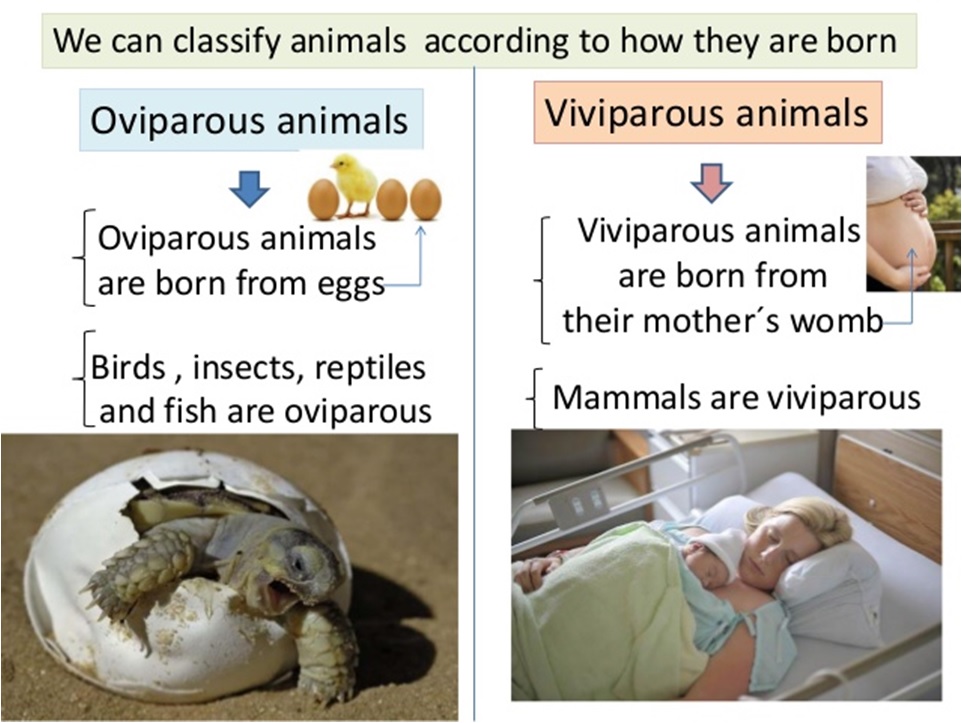When we talk about the diversity of life on our planet, one fascinating aspect is how different species reproduce. Among these methods, the term "oviparous" is essential to understand. In simple terms, oviparous refers to animals that lay eggs, with the development of the offspring occurring outside the mother's body. This reproductive strategy is not only found among various species in the animal kingdom but also showcases the incredible adaptation of life forms to their environments.
In this article, we will delve deeper into the oviparous meaning and its significance in biology, exploring the characteristics of oviparous animals and how they differ from other reproductive methods like viviparous and ovoviviparous. We will also examine some common examples of oviparous species, revealing the wonders of nature's design. Additionally, we'll discuss the evolutionary advantages that this reproductive strategy provides, giving insight into the intricate world of animal reproduction.
Whether you're a student of biology, an animal enthusiast, or simply curious about the natural world, understanding the oviparous meaning will enhance your appreciation for the complexity of life. Let’s embark on this journey to uncover the mysteries behind oviparous reproduction and its role in the animal kingdom.
What Does Oviparous Mean?
The term "oviparous" comes from the Latin words "ovi," meaning egg, and "parere," meaning to bring forth. Thus, oviparous animals are those that reproduce by laying eggs. The embryos develop outside the female’s body, typically within a protective shell or within the environment where the eggs are laid. This reproductive strategy is prevalent among many species, including birds, reptiles, amphibians, fish, and even some insects.
How Do Oviparous Animals Reproduce?
Oviparous animals typically undergo a process that includes the following steps:
- Fertilization: In many cases, oviparous animals engage in external fertilization, where the female lays eggs, and the male fertilizes them outside her body. However, some species practice internal fertilization before laying eggs.
- Egg Laying: After fertilization, the female lays her eggs in a suitable environment, which can vary greatly depending on the species.
- Incubation: The eggs may require specific conditions for incubation, such as warmth, humidity, and protection from predators.
- Hatching: After a period of development, the eggs hatch, and the young animals emerge, often fully formed and ready to fend for themselves.
What Are Some Examples of Oviparous Animals?
There are countless examples of oviparous species across different animal groups. Some notable examples include:
- Birds: Most birds are oviparous, laying eggs that vary in size, shape, and color.
- Reptiles: Many reptiles, such as turtles and snakes, lay eggs, often in nests or burrows.
- Amphibians: Frogs and salamanders typically lay eggs in water or moist environments.
- Fish: Many fish species reproduce through external fertilization, releasing eggs and sperm into the water.
What Is the Difference Between Oviparous, Viviparous, and Ovoviviparous Animals?
To better understand the oviparous meaning, it's essential to differentiate it from other reproductive strategies:
- Viviparous: Animals that give birth to live young, developing within the mother's body (e.g., most mammals).
- Ovoviviparous: Animals that produce eggs that hatch inside the mother's body, leading to live birth (e.g., some species of sharks and snakes).
What Are the Advantages of Oviparous Reproduction?
Oviparous reproduction offers several advantages, including:
- Increased Offspring: By laying a large number of eggs, oviparous animals can ensure that at least some offspring survive to adulthood.
- Reduced Maternal Investment: Once the eggs are laid, the mother does not need to provide further care, allowing her to conserve energy for future reproductive cycles.
- Environmental Adaptation: Oviparous animals can adapt their egg-laying strategies to suit their environments, increasing the chances of survival for their offspring.
How Do Oviparous Animals Care for Their Eggs?
While many oviparous species do not provide parental care after laying eggs, some exhibit fascinating behaviors to increase the chances of survival:
- Nesting: Birds often build nests to protect their eggs from predators and environmental hazards.
- Temperature Regulation: Some reptiles, like crocodiles, will guard their nests and even help with hatching by digging up the eggs.
- Camouflage: Certain species lay eggs that blend in with their surroundings to deter predators.
Are There Any Unique Oviparous Species?
Indeed, the animal kingdom is replete with unique oviparous species that display remarkable reproductive adaptations. For example:
- Platypus: A monotreme that lays eggs and is one of the few mammals to do so.
- Sea Turtles: They travel long distances to lay eggs on sandy beaches, returning to the same locations year after year.
- Ostrich: The largest living bird lays some of the largest eggs in the avian world, often in communal nests.
Conclusion: Embracing the Oviparous Meaning
In conclusion, the oviparous meaning encompasses a fascinating aspect of reproduction found in various species across the animal kingdom. By understanding how oviparous animals reproduce, the advantages of this strategy, and the unique behaviors exhibited by different species, we gain a deeper appreciation for the diversity of life on Earth. From the majestic birds soaring in the sky to the silent reptiles resting in the sun, oviparous animals play a crucial role in maintaining the balance of ecosystems around us. Embrace the wonder of nature and the incredible reproductive adaptations that have evolved over millions of years!




